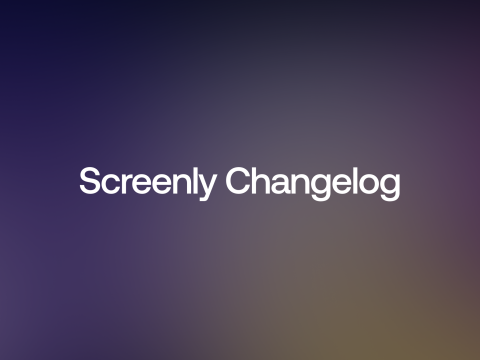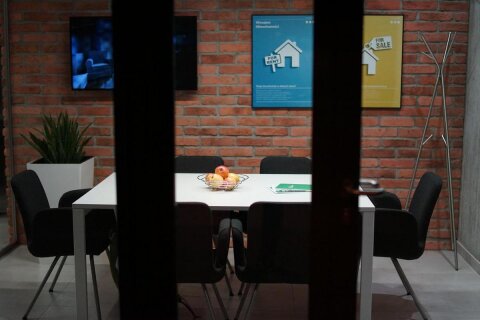Screenly Changelog Episode 1 Industry News: Amazon Firestick digital signage, headless CMS signage, digital signage zones
Screenly Changelog Episode 1 Feature Releases: Screenly’s new UI, BYOD program, Edge App Store, security enhancements
We are very proud to announce our first episode of the Screenly Changelog! This web series has been in the plans for a while, and our goal is to create a monthly video conversation on all things digital signage and Screenly. We’ll cover industry happenings, company news, and exciting product updates for digital signage software and hardware.
Take a look at our first episode to learn more about our goals for this web series, some notes on digital signage hardware and the Amazon Firestick, headless CMS and API-driven signage, and our thoughts on zones on digital signage displays. On the product side, you can see our new UI, learn more about our bring-your-own-device (BYOD) program, and get the latest on our Edge App Store. We also cover Screenly’s latest security enhancements, including penetration testing and SOC 2 certification efforts.
Digital signage industry updates
First, we cover the Amazon Firestick and its positioning in the digital signage marketplace. Many companies and startups have built digital signage products on the Amazon Firestick ecosystem. A key component of these solutions is bypassing the Amazon Firestick home screen. Overnight, Amazon made this bypassing impossible, leaving many providers empty-handed without a solution.
Next, we cover headless CMSs for digital signage. In the past, content in digital signage had to be scheduled piece-by-piece and screen-by-screen. Modern digital signage platforms, like Screenly, have worked hard to disentangle scheduled content so that it can be used anytime and anywhere. Some of the most innovative digital signage solutions, such as sensors at supermarkets triggering new content on products that the customer is looking at, require API-driven content scheduling. Headless CMS digital signage systems make this possible.
Lastly, we discuss digital signage zones. This concept means splitting the image on a digital signage display into several sections on one screen. This feature is often seen on news broadcasts, and many people search for this concept online in an attempt to replicate it in their business. Our view is that, while this feature is interesting, it creates a screen that is too distracted and too hard to maintain.
Screenly company updates and feature releases
In this episode, we share more information on the new Screenly user interface. We have worked on this facelift and redesign for a while, and we are proud of the results. Screenly should now be both easier to use and have a more modern look.
We also cover Screenly’s new bring-your-own-device BYOD program. The goal here is to allow companies with a cache of existing hardware to be able to use it in their digital signage deployments. This program should allow companies to get started with digital signage more quickly and at a lower cost than it would take to purchase entirely new hardware.
We are also proud to announce that the Screenly Edge App Store is now live. In the Screenly interface, users can select and deploy digital signage applications. Our goal is to make our developer-friendly digital signage applications also available for non-technical users. In this Changelog episode, we demo our weather and clock applications.
Lastly, we discuss Screenly’s recent security enhancements. These enhancements include work on penetration testing as well as our current push for SOC 2 certification. Security is at the heart of Screenly’s digital signage architecture, and as developers know, security is a job that always has tasks to complete. Our goal is to build the most secure digital signage platform on the market so that our customers can feel confident that their screens and business data are secure.
How to get started with digital signage
We hope you enjoyed our first episode of the Screenly Changelog! We’ll be doing these episodes every month, and we look forward to sharing the next one.
If you are new to digital signage or Screenly, you can get started right now for free. Screenly has a 14-day free trial, and we do not require a credit card at sign-up.
Questions? Reach out to Screenly Support anytime. We are always happy to help.




